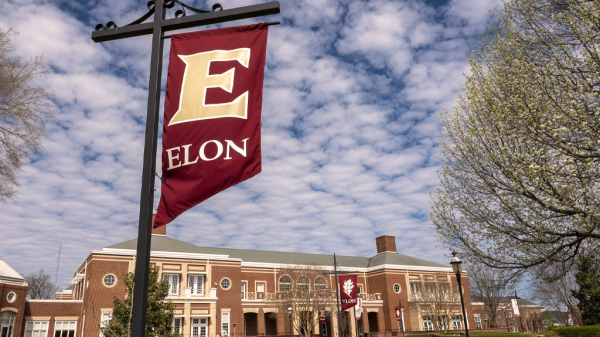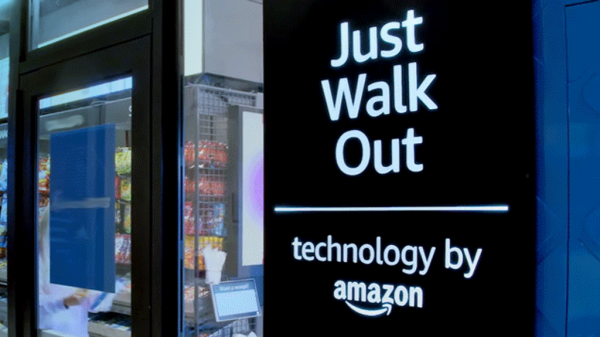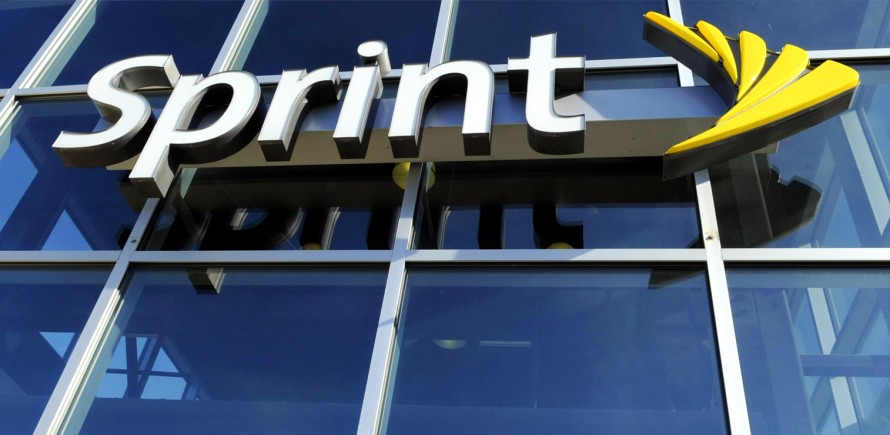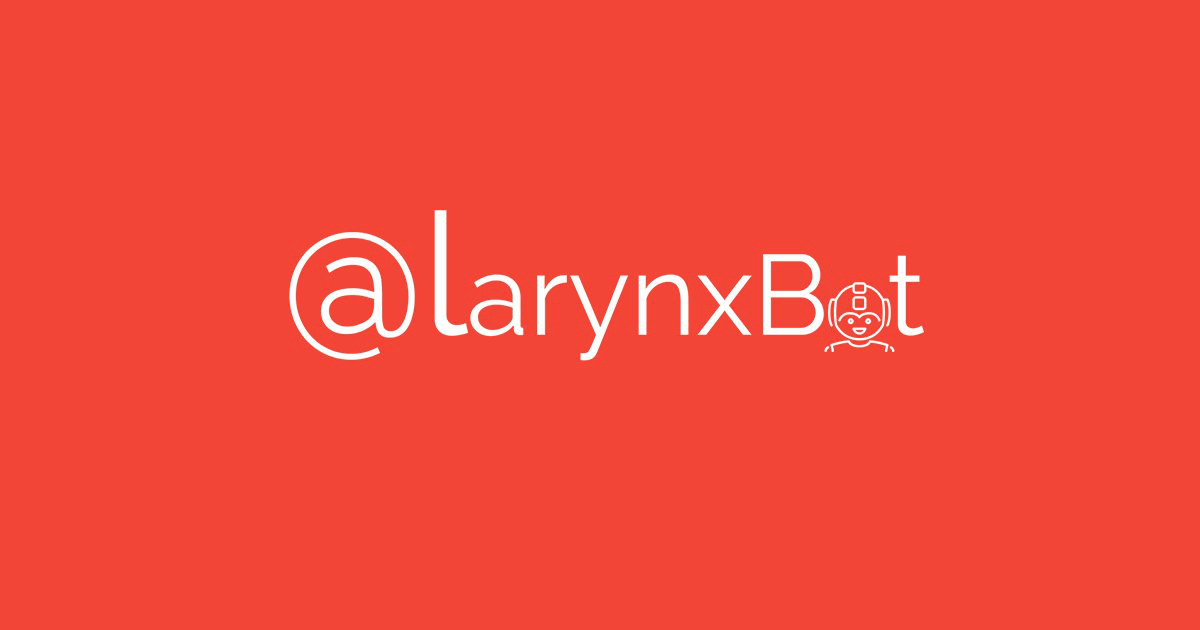0 bars
In a world where many of us rely on adequate cell phone coverage, at a minimum, in our homes, the level of frustration that arises when reception ranges from awful to non-existent is palpable.
![]()
After all, isn’t this what we were promised? A world in which we no longer had to be tethered to our home phones—an expense that many of us have foregone—to be accessible or to have access to emergency services? And for those of us that work at home, consider the additional cost of having poor or no reception in terms of opportunity lost.
Busted coverage
Even in urban areas, the problem still exists for major carriers, but they’re trying to boost both signal range and reliability, and doing so in more innovative ways. For years, the solution was simple, if expensive—buy more access on cellular towers, towers which were expensive to build and maintain, and which required the cooperation of other entities, cooperation which wasn’t always easy to obtain.
A new approach places the answer in the homes of the consumer, and uses their goodwill to host the hardware to do so.
What’s in the Box?
Sprint has run an uphill battle in recent years to increase its share of the mobile market, lagging behind AT&T, Verizon, and T-Mobile. Their recent ad campaign stresses improvements to their infrastructure, improvements that are designed to both attract new customers and retain those who have struggled with what can be most politely described as “gaps” in Sprint’s coverage areas. Plugging the fact that they’re now “within 1%” of their competitor’s reliability, Sprint’s latest plan to finish closing that gap involves something that they’re calling a “magic box.”
Seriously—that’s the name they’ve given their device, about the size of a toaster, complete with animations and artist’s conceptualizations of what the device would look like when placed in a sample home.
There’s not a lot of magic to it, really. The device is a small wireless amplifier for the cell signal, placed near a window in the home or office. The box does the work from there, locating and connecting to the nearest Sprint tower, boosting service for a small range of 100 feet outside of the building, and improving service for up to 30,000 square feet within the building it’s placed in. Sprint is currently deploying the “magic boxes” in a city-by-city fashion, with no cost to customers who meet their criterion for receiving one.
“Sprint Magic Box is going to quickly transform our network, and it is key to delivering an amazing experience to customers today as we build the kind of dense urban infrastructures needed for 5G,” Sprint’s chief technology officer, John Saw, said in a statement.
Everything Old is New Again
Longtime Sprint subscribers who were affected by poor cellular reception will see the roots of the “magic box” in the forerunner of the program, the Airave femtocell. This less robust solution (which the author has in his home currently) came with fees for setup utilization, but those fees were often waived if the customer reported reception issues as the reason for requesting the device.
The Airave is the difference maker between no reception and adequate reception for me, so there is great hope that the “magic box” will provide the difference between adequate reception and reception one could call good.
Sprint is also placing a great deal of advertising behind the “magic box”, with it being a promoted solution; users of the Airave seemed to always find out about it when requesting to cancel service due to no reception, or through word of mouth from other Airave users. The fact that Sprint is making the “magic box” approach to improving network reliability an integrated part of its marketing approach, positioning it as a lifestyle device to reside unobtrusively in one’s home, is an indicator that they see this as more than a bandage for poor service.
The approach is already seeing results, with Sprint reporting that current users have seen dramatic increases in their upload and download speeds, doubling them from what was previously reported.
Consumers are increasingly open to sharing their homes and workspaces with electronic devices designed to both be aesthetically pleasing and functional. The trick for Sprint will be to see whether or not enough potential customers see a value proposition in switching their carrier and in adopting a new device for their home at the same time, especially when the device is designed to make sure that one can use the service that one paid for. It’s a hard sell for a long-term contract for a service that has to come with supports to make it work, supports that aren’t marketed as being necessary, or even desired, for other carriers.
#SprintMagic
Roger is a Staff Writer at The American Genius and holds two Master's degrees, one in Education Leadership and another in Leadership Studies. In his spare time away from researching leadership retention and communication styles, he loves to watch baseball, especially the Red Sox!







































